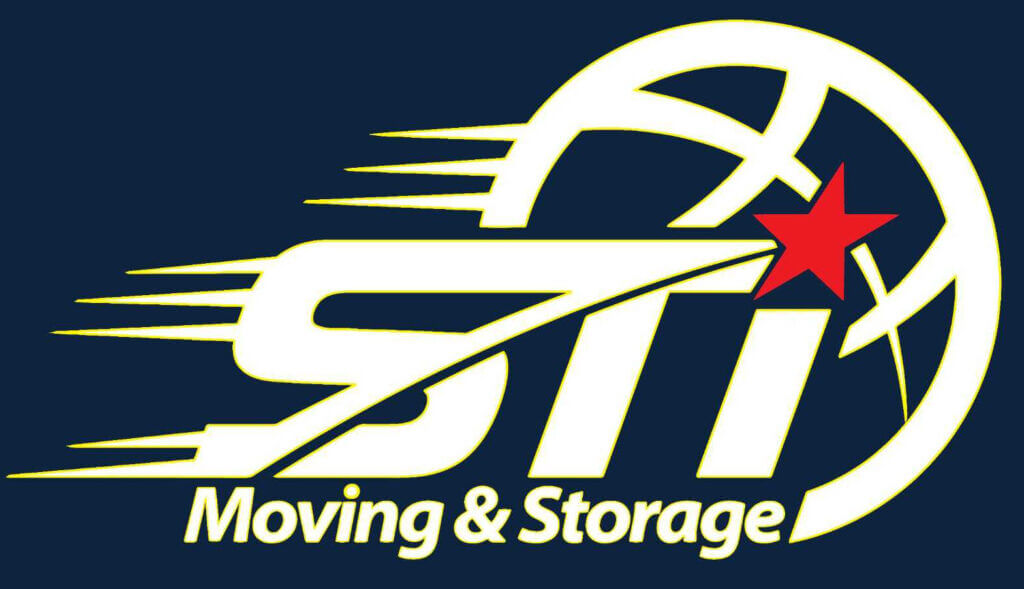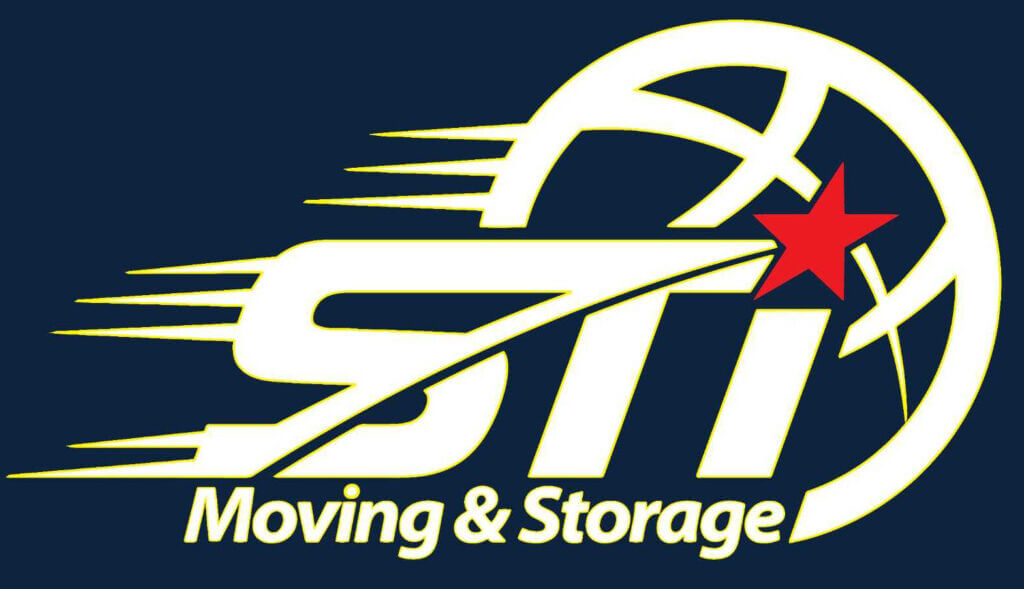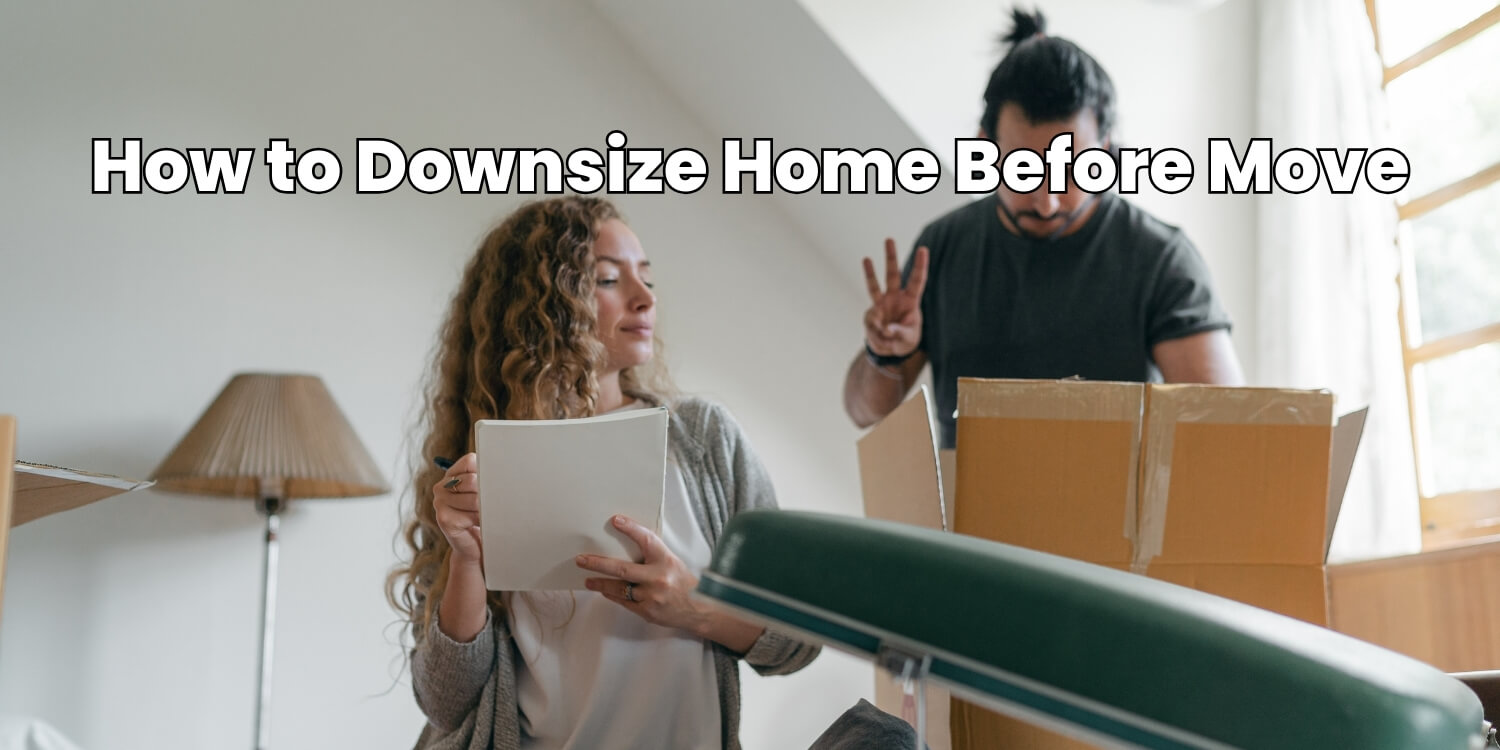Living in a large home can be great for families but it also comes with high costs and maintenance. This becomes even more noticeable when your children grow up and move out. If your home feels too big or overwhelming, switching to a smaller place could be a smart decision for both your budget and peace of mind.
However, the idea of sorting through years of belongings and downsizing can feel stressful. If you’re preparing to move into a smaller space, here are some easy and practical tips to make the process smoother and less overwhelming.
Best Tips for Downsizing & Decluttering
Go Through Your Belongings
When moving to a smaller home, you won’t have space for everything you’ve gathered over the years. That’s why it’s important to go through your belongings before packing.
As you sort through your things, focus on what you actually need instead of what you just want to keep. If you haven’t used something in the past year, it’s probably time to let it go. And if you come across something you completely forgot about, that’s a clear sign you don’t need it anymore. The goal is to simplify your life, so only keep the essentials.
Downsizing Tip
Start decluttering with these three simple steps:
-
- Set a Plan – Decide on a timeline & clear goals for downsizing. This will help you stay organized and avoid last-minute stress.
- Sort Your Belongings – Go through your items & separate them into categories: keep, donate, sell or discard.
- Clear Out the Clutter – Once you’ve decided what to let go of, start removing unwanted items from your home step by step.
If you need more advice, check out our decluttering tips for hoarders.
Organize Room by Room & Reduce Extras
To keep things simple while sorting through your belongings, try using an easy method like the Three-Box System. Grab three containers and label them as “Keep,” “Get Rid Of” and “Store.”
- Keep: Place items you use daily in this box. Once a room is sorted, pack these items neatly and label the box for easy moving.
- Get Rid Of: Put anything you no longer need in this box. Later, sort these items into what can be donated, given to family or thrown away if broken.
- Store: Keep sentimental or seasonal items here. Once done, transfer them into labeled storage containers for easy access later.
Sorting room by room and minimizing duplicates will make downsizing easier and more organized.
Downsizing Tip
As you go through each room, look for duplicate items and keep only the ones you use most or that are in the best condition. The kitchen is one place where extras tend to add up, so pay special attention when sorting through dishes, utensils and appliances.
Plan to Get Rid of Unwanted Items
Once you’ve decided what won’t be coming with you, here are a few ways to clear them out:
- Donate or Give Away: Pass on items to people who need them. Many charities accept clothes, shoes and household goods in good condition. You can also use websites like Freecycle or local Facebook groups to give things away for free.
- Hold a Yard Sale: If you have a lot to downsize, consider a yard sale to make some extra cash. Items like furniture, toys, books, kids’ clothes, power tools and outdoor equipment usually sell quickly.
- Rent a Dumpster: Some items won’t be in good enough shape to donate or sell. If you have a lot to throw away or need to dispose of large things like broken appliances or old furniture, renting a dumpster can make the process easier.
- Give to Family or Friends: Letting go of sentimental items can be tough. If you have heirlooms or meaningful belongings you no longer need, consider passing them on to loved ones who would appreciate them.
Downsizing Tip for Seniors
Letting go of belongings can be emotional but you can still hold onto the memories by:
-
-
-
-
- Taking a photo of the item to keep a visual reminder.
- Writing a note about its significance and the memories it brings.
- Passing it on to a family member who would cherish it.
- Donating it to help someone in need.
- Repurposing it into something useful, like turning old clothes into a quilt.
-
-
-
This way, the memories stay with you even if the item doesn’t.
Go Digital Whenever You Can
Paper clutter can add up over time. Sort through old bills, receipts and documents, and recycle anything you no longer need. Store important paperwork, like tax records from the past decade, in a plastic bin. For other records and receipts, scan them to create digital copies, then shred and discard the originals.
You can also digitize home videos, music and photos to save space while keeping your memories intact. With streaming services widely available, holding onto old VHS tapes, scratched DVDs or CDs might not be necessary. If you’re unsure, it’s usually best to let them go or recycle them.
Maximize Your Storage Space
Moving into a smaller home means making the most of the storage you have. Even if there’s no basement, attic or garage, you can stay organized with these simple tips:
- Use Multi-Purpose Furniture: Storage ottomans, platform beds with drawers, bookshelves, wardrobes and baskets help keep clutter out of sight. Traditional shelves also work well.
- Utilize Wall Space: Floating shelves are great for storing and displaying items in the kitchen, bedroom or bathroom.
- Make Use of Hidden Areas: Spaces under the stairs, closets and crawl spaces can store seasonal or sentimental items. Install shelves, cubbies or stackable bins to keep things neat. In small bathrooms, use over-the-door hooks, towel racks, under-sink bins or over-the-toilet shelves to save space.
These smart storage ideas will help you stay organized without feeling cramped.
Check Furniture Size & Wait Before Buying New Items
Your new home may not have room for all your current furniture. While sorting your belongings, measure large pieces to see if they will fit in your new space. It’s better to check in advance rather than realize after moving that your sofa or table won’t fit.
For the same reason, hold off on buying new furniture until you’re sure about the available space in your new home. This will help you avoid clutter and unnecessary expenses.
Give Yourself Enough Time
Choosing when to downsize is just as important as figuring out how to do it. Sorting through your belongings takes time, so start earlier than you think you need to. This will help you plan your move without the stress of making last-minute decisions. Take your time to carefully decide what to keep and what to let go of.
Also, don’t be afraid to ask for help. Whether it’s family, friends or a professional moving service, having extra support can make the process much easier.
The key to creating the life you want is letting go of things you no longer need.
FAQs
How Can I Downsize My Closet?
Start by organizing your clothes into three groups:
- Keep
- Donate
- Discard
Hold onto pieces you wear often or truly love. If you haven’t worn something in the past year, consider donating it. Store seasonal clothing separately to make more room in your closet.
How Can I Downsize My Clothes?
Go through each item and ask yourself:
-
- Do I wear this?
- Does it fit well?
- Do I love it?
If the answer is no, it’s time to donate or get rid of it. You can also try a capsule wardrobe, keeping only a small collection of versatile clothes that mix and match easily.
How Can I Downsize When Moving?
Begin by sorting through your belongings and deciding what you truly need in your new home. Get rid of duplicate items and things you haven’t used in a long time. Donate, sell or throw away anything that won’t fit in your new space. Start packing early to avoid last-minute stress.
How Can I Downsize Without Moving?
Downsizing isn’t just for moving—it can also make your home feel more organized. Tackle one room at a time and remove items you no longer use. Donate or sell what you don’t need. Use smart storage solutions to maximize your space and keep things tidy.
How to Handle Downsizing Your Home?
Downsizing can feel overwhelming but focusing on the positives—like lower costs and less upkeep—can help. Take your time sorting through your belongings and keep only what’s truly important or useful. Don’t hesitate to ask family or friends for help. Remember, downsizing can make life simpler and easier to manage.



